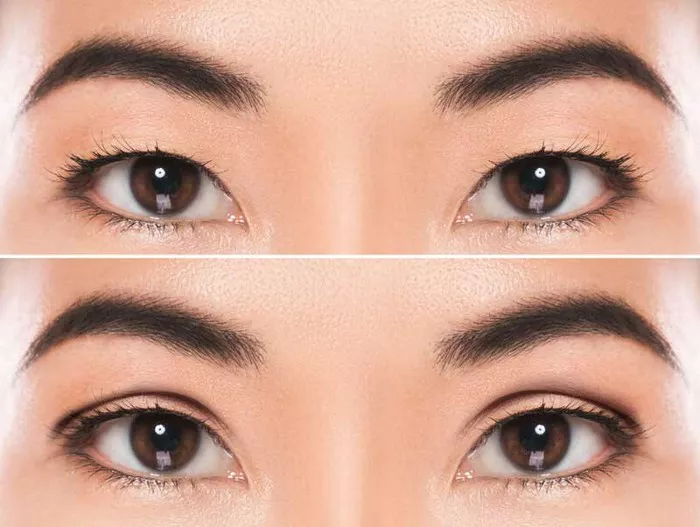Ptosis, or drooping of the eyelid, can be caused by a variety of factors, including aging, injury, or neurological disorders. Ptosis surgery is a procedure that aims to correct the drooping eyelid by tightening the muscles that control the eyelid movement. In this article, we will explore what to expect after ptosis surgery, including the recovery process, potential complications, and tips for a successful outcome.
What is Ptosis Surgery?
Ptosis surgery is a procedure that aims to correct the drooping of the eyelid by tightening the muscles that control the eyelid movement. The procedure is typically performed under local anesthesia and can be completed in about an hour. During the procedure, the surgeon makes a small incision in the eyelid and tightens the muscle that controls the eyelid movement. The incision is then closed with sutures, and the eye is covered with a protective shield.
What to Expect After Ptosis Surgery
Recovery from ptosis surgery typically takes several weeks, and patients should expect some swelling, bruising, and discomfort during this time. The following are some tips for a successful recovery:
Follow the surgeon’s instructions: It is important to follow the surgeon’s instructions carefully to ensure a successful recovery. This may include taking medication to manage pain or prevent infection, using cold compresses to reduce swelling, and avoiding certain activities, such as rubbing the eyes or wearing contact lenses.
Rest and relax: It is important to rest and relax after ptosis surgery to allow the body to heal. Patients should avoid strenuous activity and heavy lifting for several weeks after the procedure and should get plenty of rest to promote healing.
Protect the eyes: Patients should protect their eyes from injury and irritation during the recovery period. This may include wearing sunglasses or a protective shield over the eyes, avoiding dusty or windy environments, and avoiding activities that could cause injury to the eyes.
Attend follow-up appointments: Patients should attend all scheduled follow-up appointments with their surgeon to monitor the healing process and ensure that the eyelid is healing properly.
Complications of Ptosis Surgery
While ptosis surgery is generally safe and effective, there are some potential complications to be aware of. These may include:
Infection: Infection is a potential complication of any surgical procedure. Patients should monitor the incision site for signs of infection, such as redness, swelling, or discharge, and contact their surgeon if these symptoms occur.
Bleeding: Bleeding is a potential complication of any surgical procedure. Patients should monitor the incision site for signs of bleeding, such as excessive swelling or bruising, and contact their surgeon if these symptoms occur.
Eyelid asymmetry: Eyelid asymmetry is a potential complication of ptosis surgery. This occurs when one eyelid is higher than the other, which can result in an uneven appearance. Patients should discuss their concerns with their surgeon if they notice any asymmetry after the procedure.
Dry eye: Dry eye is a potential complication of ptosis surgery. This occurs when the eyelid does not close properly, which can result in a dry and uncomfortable sensation in the eye. Patients should discuss their concerns with their surgeon if they experience dry eye after the procedure.
Tips for a Successful Outcome
To ensure a successful outcome after ptosis surgery, patients should follow these tips:
Choose a qualified surgeon: It is important to choose a qualified and experienced surgeon to perform the procedure. Patients should research potential surgeons and schedule a consultation to discuss their concerns and expectations.
Communicate with the surgeon: Patients should communicate openly and honestly with their surgeon about their concerns and expectations for the procedure. This can help to ensure that the surgeon understands the patient’s goals and can tailor the procedure to meet their needs.
Follow the recovery instructions: Patients should follow the recovery instructions carefully to ensure a successful outcome. This may include taking medication as prescribed, avoiding certain activities, and attending all follow-up appointments.
Be patient: It can take several weeks for the eyelid to fully heal after ptosis surgery. Patients should be patient and allow the body to heal naturally to ensure a successful outcome.
Conclusion
Ptosis surgery is a procedure that aims to correct the drooping of the eyelid by tightening the muscles that control the eyelid movement. Recovery from ptosis surgery typically takes several weeks, and patients should expect some swelling, bruising, and discomfort during this time. To ensure a successful outcome, patients should choose a qualified surgeon, communicate openly with their surgeon, follow the recovery instructions carefully, and be patient during the healing process. While there are some potential complications associated with ptosis surgery, these can be minimized by choosing a qualified surgeon and following the recovery instructions carefully.


